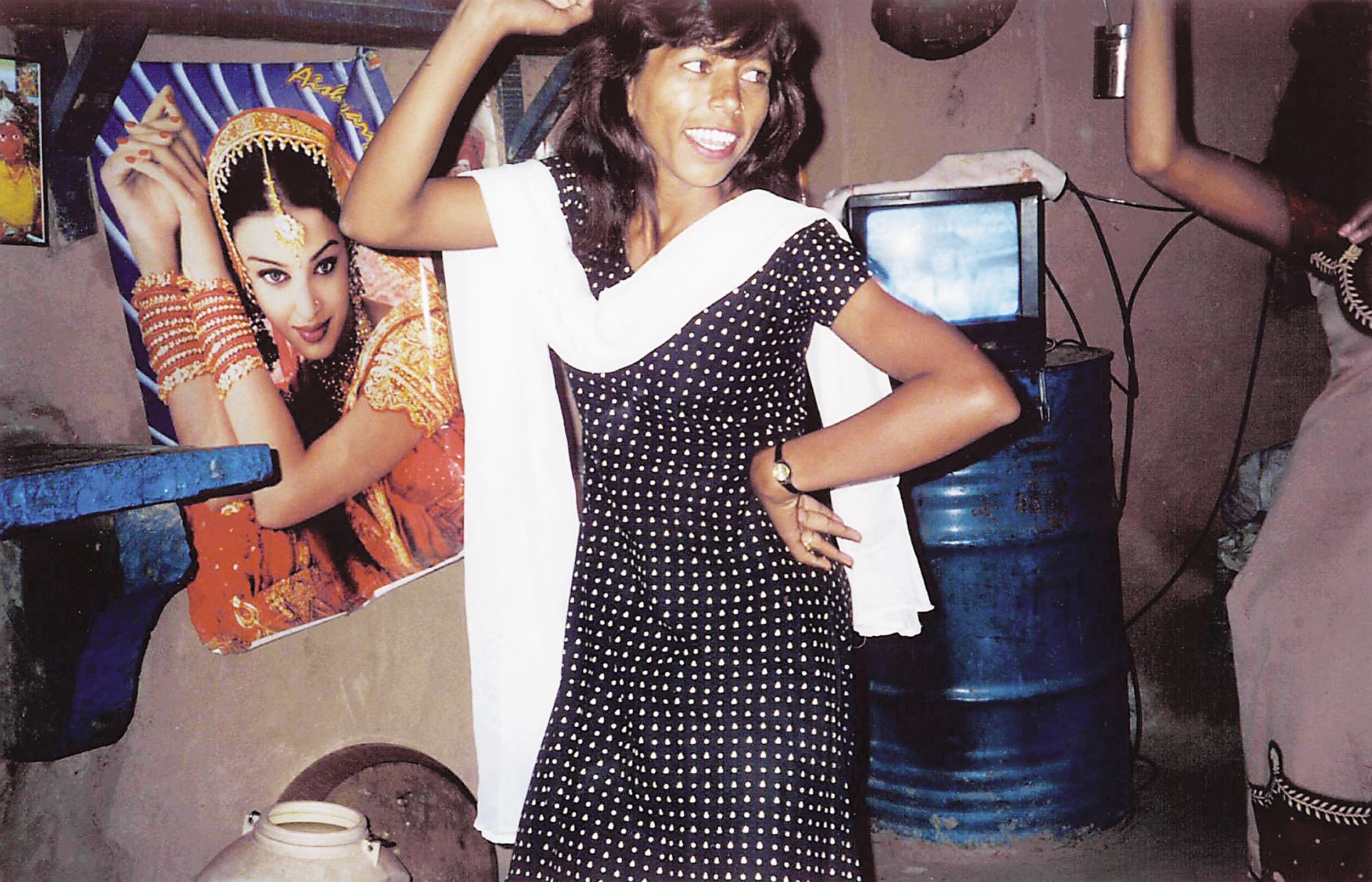
Highway Courtesans
At the beginning of the documentary, a black-and-white feature film scene of a dancing woman is shown. Inserted titles explain that hundreds of years ago poor village girls were employed as courtesans in the palaces of Central India, to earn money for their families. This became an age-old family tradition – the descendants of these courtesans are called Bachara and live in a few hundred villages. Director Mystelle Brabbee followed one of them, Guddi, who at the start of the film is seventeen. Her family supports the tradition (a word that is used every other minute). According to a social worker from the Action Aid project, which works to help the Bachara, her father is “a combination of a professional pimp and a Bachara man.” Brabbee films the girls when they are putting on their clothes and make-up, while trucks with potential customers rush past. In a relaxed way, she asks them very direct questions, about pregnancy, AIDS, marriage, dreams for the future, education and financial matters. Filmed over a period of nine years, the documentary shows Guddi growing increasingly self-confident and candid. She falls in love, but does not manage to get her family’s blessing.